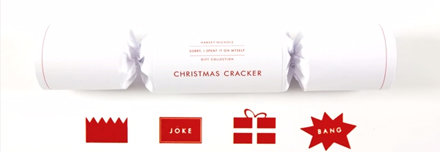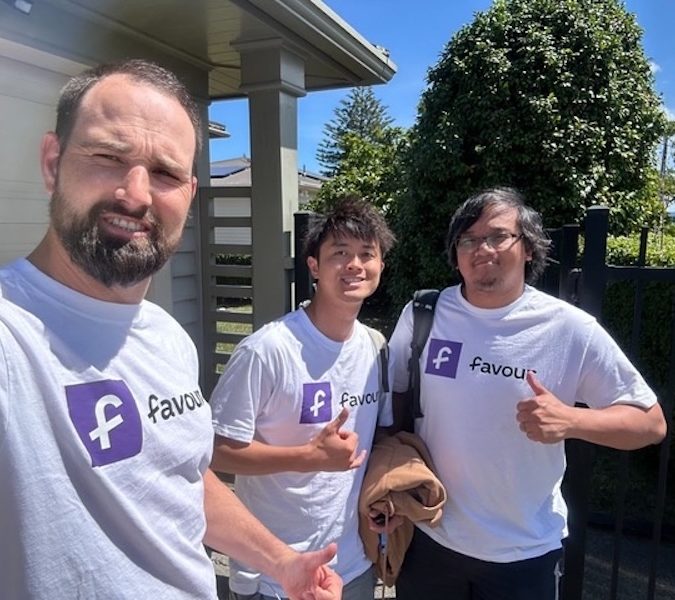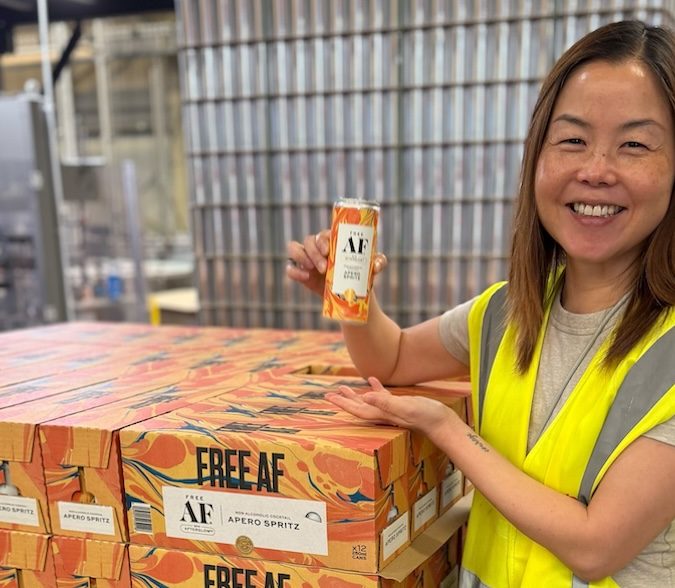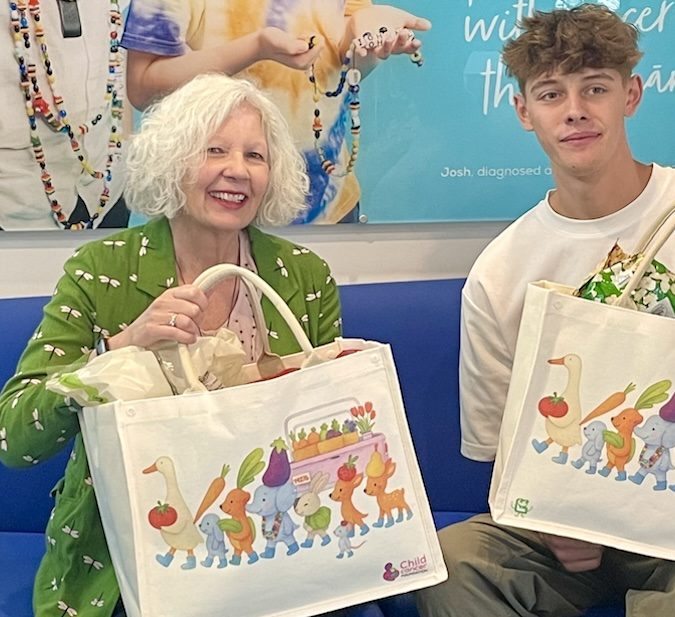
New Zealand experience marketing specialist Megan Clark was one of the judges of the Promo & Activation category at the Cannes Lions ad and creativity awards last month. It kept her up until four in the morning in a dark room in France judging more than 3200 entries. But it also gave her the inside scoop on some breathtaking work.
Here’s what she learnt:
1.Emotion drives action
There were more than a few moist eyes in the judging room after viewing two very emotive campaigns. The Transport Accidents Commission’s ‘Ungiven Gifts’ was a heart-wrenching art installation. 209 unpresented Christmas gifts were displayed outside the State Library in Victoria, Australia. From guitar amps to PlayStation to sunglasses, they were gifts that will never be received because the intended recipient died in a crash. It was a simple yet effective (and throat-choking) way to demonstrate that Christmas will never be the same again for families affected by holiday roads deaths. The same year, Victoria recorded its lowest road toll in 90 years.
Mimi Foundation’s ‘If Only for a Second’ gave cancer sufferers a bit of respite from their illness. Twenty patients were invited to a studio to have their hair and makeup done. They kept their eyes closed until the grand reveal, when a photographer captured their immediate reaction from behind the mirror. The comical makeovers gave the patients a moment of happiness and hilarity – and a second’s reprieve from the heaviness of their illness.
Both will have you lurching for the tissues – which is the lesson here. Move your audience emotionally and they’ll (hopefully) be compelled to act.
2.It’s not just about doing good – it’s about doing good business.
It’s all well and good doing beautiful work that makes people feel good, but the jury this year felt it was important to celebrate campaigns that also had a good return on investment. CNA’s ‘The Speaking Exchange’ was a standout. The Brazilian language school brought together students who wanted to practise their English and residents at an American retirement village who wanted someone to talk to.
Watching the students Skype the retirees was heart-warming; but it was also a good business model – the school found a cost effective way for students to speak lots of English, and the owners also plan to franchise the idea elsewhere.
3. Don’t dismiss a good stunt
There was a recent stunt in NZ in which the owner of a job-finding website floated a coffin down the Hutt River to get some media coverage. It failed because it’s a touchy subject and the end result – a mannequin holding a sign reading: ”If only I’d advertised for an electrician… I wouldn’t have tried to fix it myself” – did not redeem things.
But with the right stunt, you can create a huge buzz – even on a small budget. Take the ‘Bentley Burial’, in which an eccentric and well-known Brazilian rich-lister posted on Facebook that he was going to bury his $500,000 Bentley in the backyard. The country was outraged. Social media was up in arms. The waste! The madness! The gall of him! On burial day, media choppers flew overhead and TV stations covered the event live. In his speech, the eccentric millionaire declared that burying his pricey car was a waste, but not as wasteful as burying precious organs that can save lives. At which point he launched National Week of Organ Donation and immediately turned from villain to superstar. That stellar campaign cost nothing yet trended #1 in Brazil, #2 in the world, and gained $22 million of media exposure. Most importantly, organ donations increased by 31.5% in one month.
4.There’s beauty in simplicity
Big isn’t always best. Simple, cleverly crafted ideas can return results. One of my favourite campaigns was ‘The Social Swipe’ – a digitized poster campaign used around Europe by relief agency Misereor. The posters were installed in shopping malls and invited people to swipe their credit card to donate 2 euro. As the card was swiped, the picture on the poster changed to illustrate what the donation was going towards – bread for a family, for example, or the release of an imprisoned child.
5. Don’t be afraid to be bold!
Take people’s breath away – with cleverness, beauty, humour, emotion or sheer outrageousness. If you know your audience can take it, push the boat out occasionally. Be brave and be funny but be inclusive and let your audience in on the joke. Like the Grand Prix Promo & Activation winner did. Harvey Nichols’ Grand Prix-winning ‘Sorry, I spent it on myself’ campaign was a great example of how being brave and funny, but also letting your audience in on the joke can work wonders in promotion and activation. The luxury department store created an ultra-cheap Christmas range called ‘Sorry, I spent it on myself’. In no-frills packaging, the gifts started at less than $1 and included sink plugs, elastic bands, gravel, paper clips and a Christmas Lunch in a Can. Saving on gifts for the family meant customers could spend their money on what they really wanted to – themselves. All 20,000 products sold out in just three days. The understatedly humorous film Harvey Nichols seeded online showed people unwrapping their budget gifts on Christmas Day and the resulting awkwardness. It was judged Best Christmas Campaign of the Year, against competitors with much bigger budgets.
Megan Clark is founder and managing director of Copper Brand Experiences and chair of the CAANZ PR, Experiential & Social Media committee




